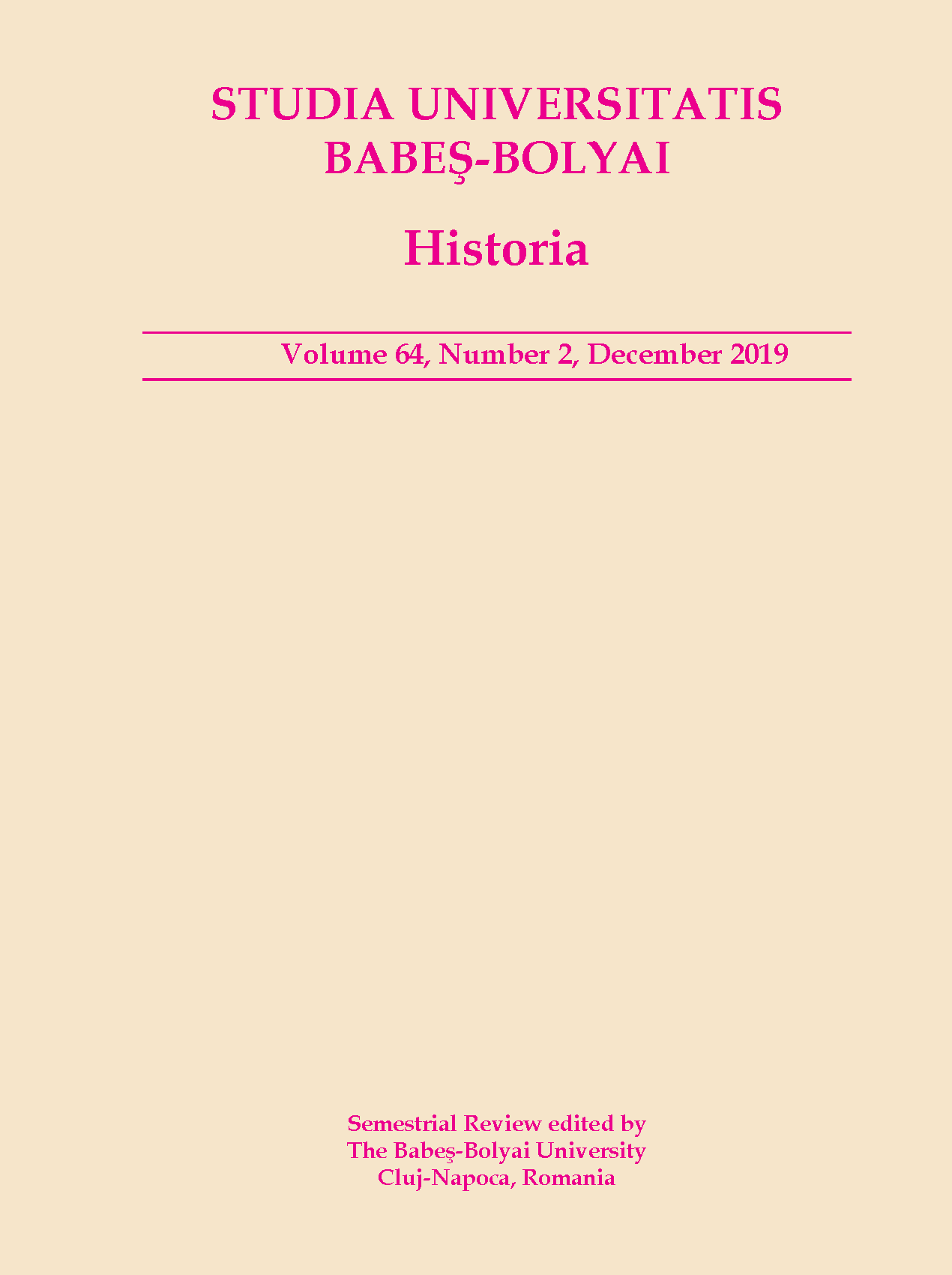The Self-Image of the Romanians in the Interwar Period
DOI:
https://doi.org/10.24193/subbhist.2019.2.06Keywords:
self-image, interwar period, Romania, national identity, Völkerpsychologie.Abstract
In the interwar period an important number of authors investigated identity in terms of national character and what define us from this point of view. The first author analyzed in this study is Dumitru Drăghicescu, but the national specificity was also a key concept in the work of Mihail Ralea. Another author interesting in elaborating a Romanian ontological model in the interwar years was Mircea Vulcănescu, and the most representative and best-known author of the national ontology, who encapsulated the nation in the so-called stylistic matrix, was Lucian Blaga. The reflections on the national specificity are, in this period, focused on how Romanians are and why they are the way they are. The inventory of traits, the promotion of certain symbols (‘mioritic space’), and the allegorical descriptions as parodies of contemporary theories of the national specificity, all these are ways in which the Romanian national character was outlined in the most prolific and productive stage, the interwar years.
Rezumat: Imaginea de sine a românilor în perioada interbelică. În perioada interbelică, un număr important de autori au investigat identitatea în termenii caracterului naţional şi a ceea ne defineşte din acest punct de vedere. Primul autor analizat este Dumitru Drăghicescu, dar specificul naţional a fost de asemenea un concept-cheie în opera lui Mihail Ralea. Alt autor din perioada interbelică interesat în elaborarea unui model ontologic românesc a fost Mircea Vulcănescu, iar cel mai reprezentativ şi mai bine cunoscut autor al unei ontologii naţionale, care defineşte naţiunea în termenii aşa-numitei matrici stilistice, a fost Lucian Blaga. Reflecţiile cu privire la specificul naţional au fost orientate, în această perioadă, asupra întrebărilor: cum sunt românii? şi de ce sunt ei aşa cum sunt? Inventarierea trăsăturilor, promovarea anumitor simboluri (de exemplu spaţiul mioritic) sau descrierile alegorice şi parodiile la adresa teoriilor referitoare la specificul naţional – toate acestea au fost modalităţi prin care caracterul naţional al românilor a fost conturat în anii interbelici, cea mai prolifică perioadă din istoria acestui tip de auto-reflecţie identitară.
Cuvinte-cheie: imagine de sine, perioada interbelică, România, identitate naţională, Völkerpsychologie.
Downloads
Published
How to Cite
Issue
Section
License
Copyright (c) 2019 Studia Universitatis Babeș-Bolyai Historia

This work is licensed under a Creative Commons Attribution-NonCommercial-NoDerivatives 4.0 International License.






